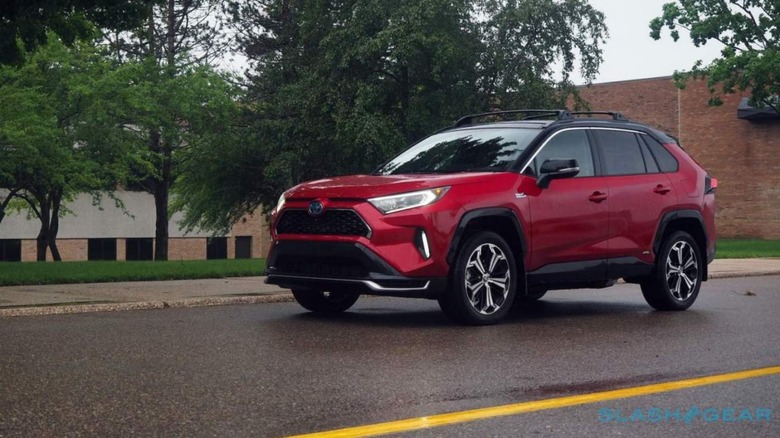2021 Toyota RAV4 Prime Review
It's probably fair to say that Toyota put hybrids on the map. The Prius defined the category, came to resemble every stereotype of a "green" car (and, for that matter, of your next Uber or Lyft), and for many has been a first taste of electrification. What's odd, then, is that it's taken until now – and the 2021 Toyota RAV4 Prime – for the automaker to get around to making a compelling plug-in hybrid.
The nomenclature can be tricky, so first a quick recap. The original Prius – and indeed most models of Prius since – have been a hybrid in that they pair a gas engine with an electric motor, and a small battery. As you slow down, instead of wasting all that energy heating up and wearing away the brake pads, the hybrid drivetrain converts it into electricity; hit the accelerator, and it uses it to give you a little extra jolt of speed.
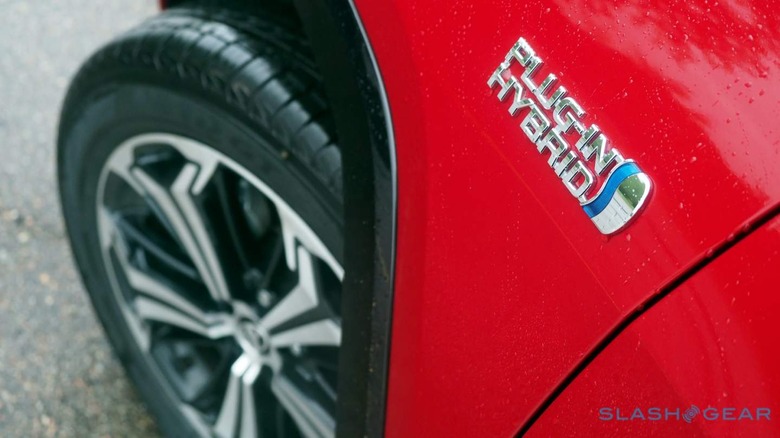
It's a great way to nudge up your miles-per-gallon numbers, without demanding owners do anything as unusual as plug their car into a charger. The downside is that the electric-only range is tiny: maybe about a mile, if you have a light right foot. For more than that, you'll need at least a plug-in hybrid, or PHEV.
That way you get not only a bigger battery – meaning more electric-only range, before the gas engine kicks in – but the ability to charge it externally. For most people that means while they're at home or at work, but you can also plug PHEVs into public chargers. They're a reassuring stepping-stone to full electric because, even if you don't have time or access to a charger, you can simply fill up the gas tank for more range.

Toyota has flirted with PHEVs, but it's only with the 2021 RAV4 Prime where it feels like it truly took the category seriously. Maybe that's because the RAV4 is such an important model in the automaker's line-up: the best-seller of out of its whole range, in fact, in the first half of 2021. If you're going to wear the RAV4 nameplate, then, you need to live up to the billing.
Here, Toyota pairs a 2.5-liter four-cylinder gas engine with two electric motors, and an 18.1 kWh battery pack under the trunk floor. Now EVs with batteries capable of anything close to a decent range tend to be on the heavy side, and the RAV4 Prime is no different at around 4,300 pounds, but it still manages to be Toyota's second most potent model on sale right now.
Sure, a Supra will best it, but 302 horsepower is plenty for a compact SUV. The two-door coupe can't drive 42 miles on electric power alone, either, or accommodate a family of five and their luggage. Toyota claims a 0-60 mph time of 5.7 seconds, which is positively perky.
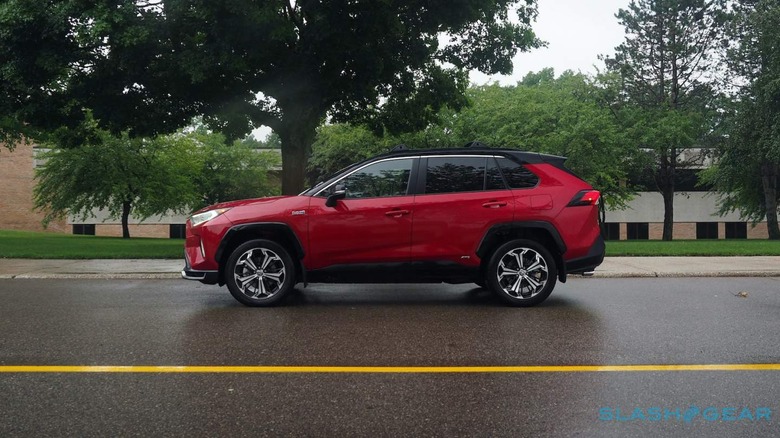
Exactly how much of that perkiness you get depends on which drive mode you're in. Auto mode blends the gas and electric powers as the RAV4 Prime sees fit; you'll know when the fossil fuels are being burned, because the four-cylinder grunts a little noisily into life. EV mode avoids that happening until the battery is depleted, though sacrifices performance in the process. If you want maximum power, you'll need to be in Auto.
Finally, there's a mode where the gas engine stays active more, so as to charge up the battery while you're driving. It's definitely not the most efficient way to do that, mind. Instead, you're going to want to plug the crossover in.
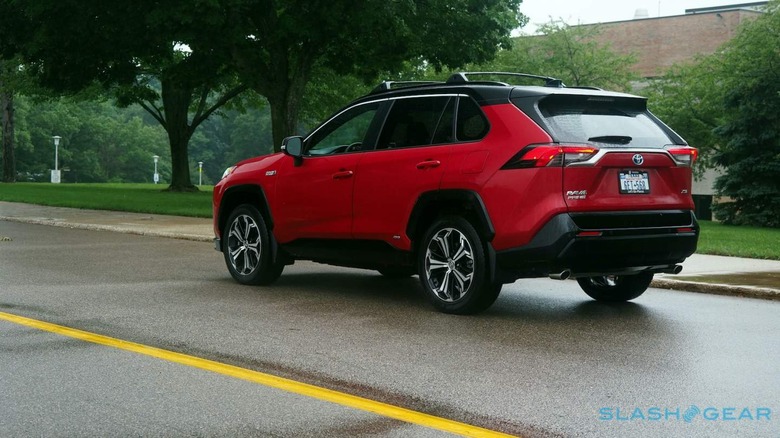
As standard, the RAV4 Prime comes with a 3.3 kW onboard charger. Plug the PHEV into a regular, 120V outlet – such as with the Level 1 charger Toyota supplies – and you're looking at 12 hours for a full charge. With a Level 2 240V charger, that dips to 4.5 hours. Optional on the fancier 2021 RAV4 Prime XSE trim is a 6.6 kW onboard charger, as part of the Premium package. That trims the 240V Level 2 charge time to 2.5 hours.
42 miles of EV-only range may not sound like a lot, but it's more than the average American drives in a day. With a full tank of gas to play with, the EPA says you could do a whopping 600 miles before needing to stop: the SUV is rated for 94 MPGe, or 38 mpg on gasoline only.
Sadly, you don't get DC fast charging support, so don't expect faster top-ups at higher powered public chargers. That's not an unusual sacrifice for PHEVs, mind, where the ability to fill up a gas tank generally offsets the absence of fast charging.
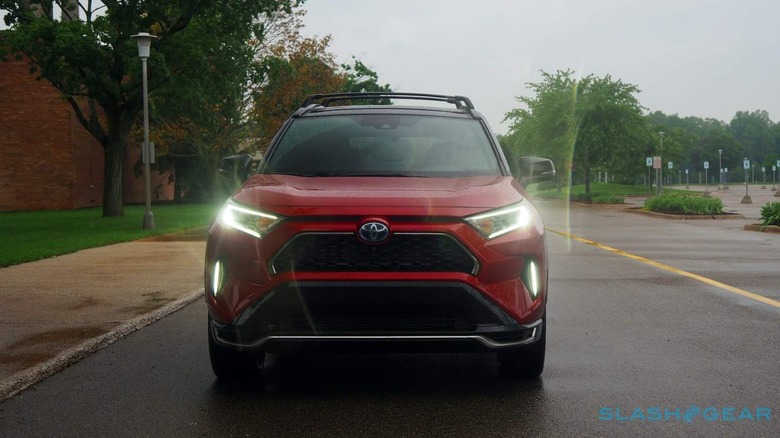
On the road, the RAV4 Prime falls victim to the same shortcoming many plug-in hybrids suffer. In a straight line it's definitely speedy, the dual-motor all-wheel drive setup launching you forward with all the instantaneous torque that we've come to love electric vehicles for. The eagerness with which it surges away from stop signs and lights makes it a pleasing tool for urban jaunts.
Cornering, though, is not the Toyota's forte. Not that, quite frankly, anybody looked to the RAV4 for its handling prowess. The suspension is clearly tuned in an attempt to offset the battery heft, and the result is body roll in the corners and some dive when you brake on the harder side. The steering is precise but not quick. Fine for cruising, then, but this doesn't really put the "Sport" in SUV.
The "Utility," however, is another matter. Toyota's cunning packaging not only hides the battery, but cuts only a little into cargo space in the process. With the rear bench up, you're looking at 33.5 cu-ft; drop it down, that expands to almost 70 cu-ft. Both the entry RAV4 Prime SE at $38,250, and the nicer XSE at $41,575, get a power liftgate.
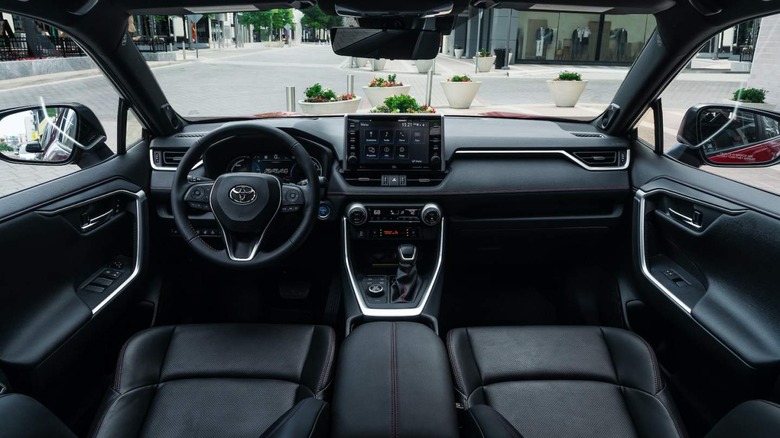
As for the rest of the cabin, Toyota's current curse of "sensibly dour" continues. It's not that the RAV4 Prime's dashboard feels cheap, or even that it's lacking in features, it just seems a little too sober for its own good. Everything is laid out cleanly and sensibly, and there are some nice, soft-touch materials, I just wish it wasn't so dark in there.
Dual-zone climate control is standard, along with heated front seats, a leather-trimmed steering wheel, and an 8-inch infotainment systems with 6-speaker audio, Apple CarPlay and Android Auto, and five USB ports spread around the cabin. Sadly Toyota's new UI isn't included, meaning the infotainment is serviceable but hardly aesthetically-delightful. The XSE gets a slightly bigger, 9-inch touchscreen, wireless phone charging, a foot-operated tailgate, along with SofTex seats rather than just fabric. Options include ventilated front seats, a heated steering wheel, heated rear seats, a 120V/1500W outlet in the trunk, navigation, and front and rear parking assistance.
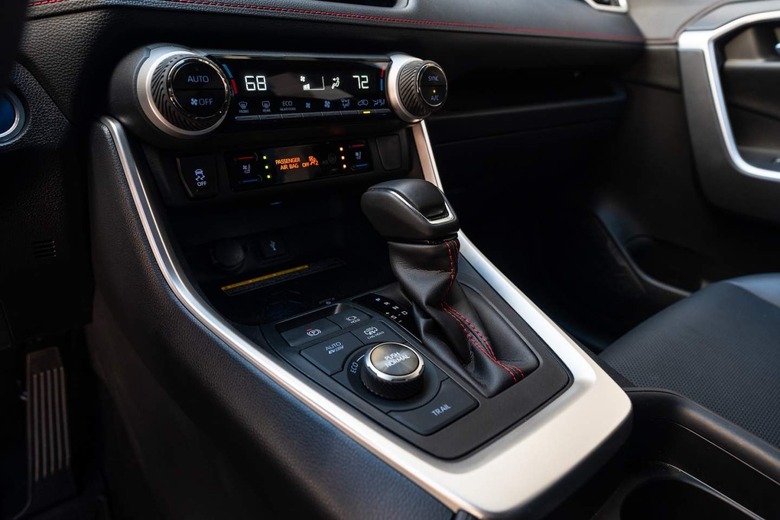
Standard either way is Toyota Safety Sense 2.0, which bundles together adaptive cruise control, Lane Departure Alerts and Lane Tracing Assist, pre-collision braking with pedestrian detection, and auto high-beams. Blind spot alerts are included too, as is trailer sway control for when you're taking advantage of the 2,500 pounds of towing capacity.
2021 Toyota RAV4 Prime Verdict
The RAV4 Prime's wildcard is the US federal tax incentive. Though the PHEV is almost $10k more than the regular RAV4 Hybrid – which has much less electric-only range and no ability to plug it in to charge – it's eligible for the full, $7,500 tax credit. Take advantage of other incentives at the state and local level, and you can quickly pare down that difference.
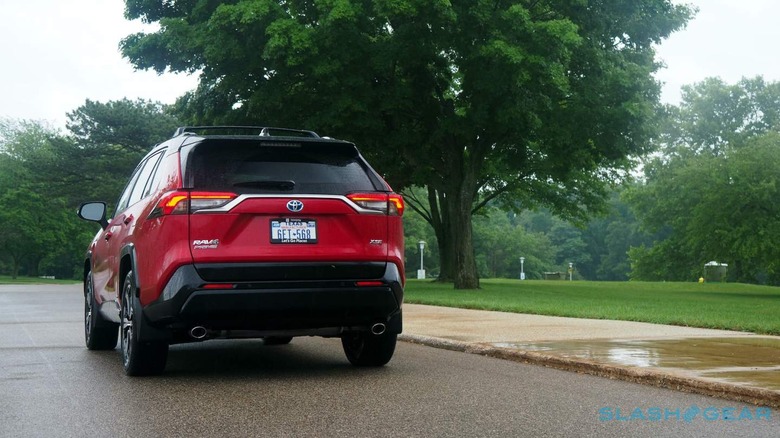
At that point, quite honestly, the 2021 RAV4 Prime becomes a no-brainer for the average crossover shopper. Would I love a little extra electric range? Sure, but Toyota's 42 miles is readily achievable on the road, and its overall package of electrification without demanding too much in the way of cabin and cargo compromise is solid. A bigger battery would take up more space, add weight, and make the whole thing more expensive.
It's hard to argue with the idea that the automotive world is headed toward full-electric. Not everyone, though, is quite ready for the transition, and I think there's still absolutely a place for plug-in hybrids that acknowledge that fact. The 2021 Toyota RAV4 Prime is easy to live with and practical, and the fact that you can drive it on electric power alone only adds to the experience, rather than complicating it.
